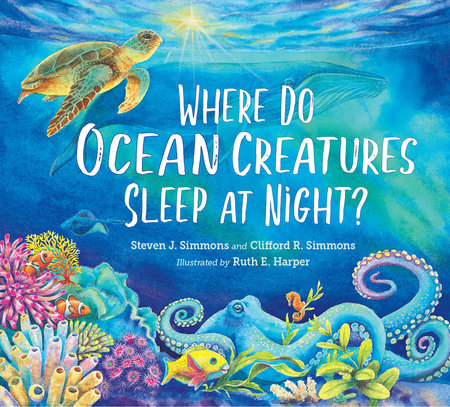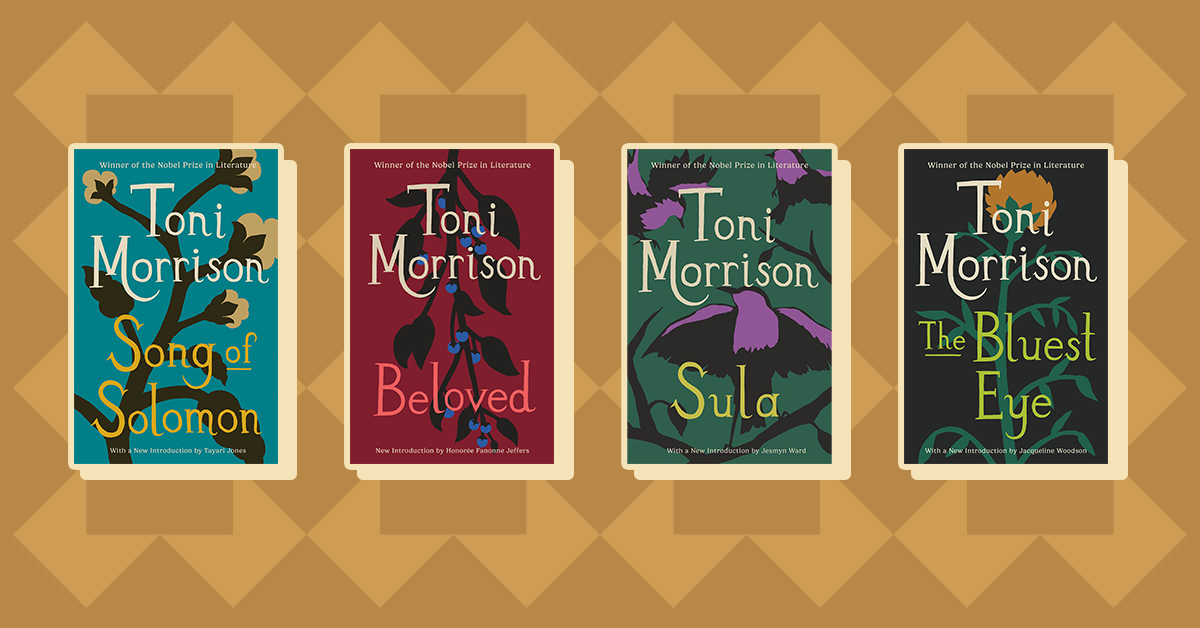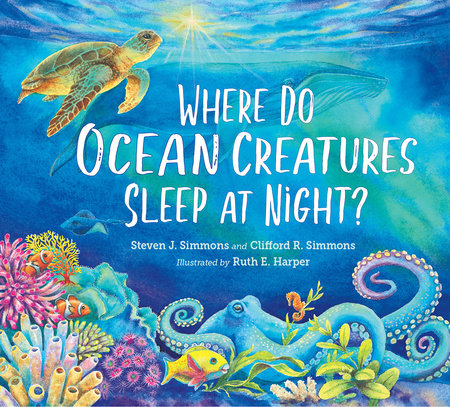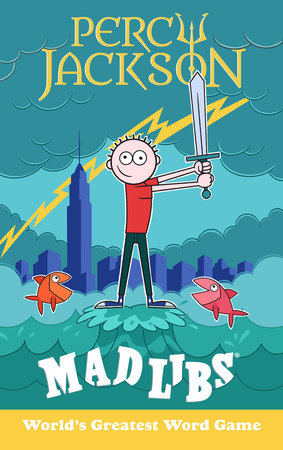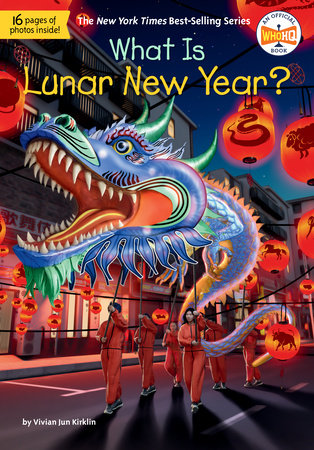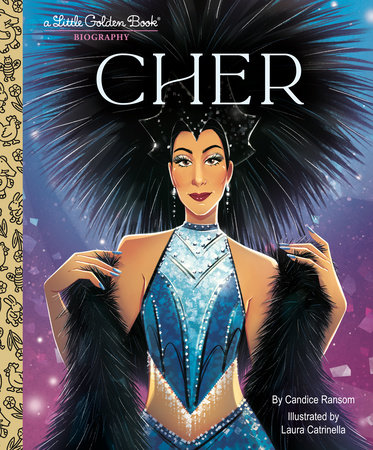Ocean animals sleep, just like you! This informative, rhyming picture book dives deep to look at where and how ocean animals sleep in the sea.
Many ocean animals are active during the day, but where and how do they sleep at night? From sharks to dolphins and sea turtles to octopuses, plus parrotfish and whales and more, discover what these ocean creatures do when it’s time to go to sleep and the day is through.
Where Do Ocean Creatures Sleep at Night? is newest addition to a three-book series, which includes Where Do Creatures Sleep at Night? and Where Do Big Creatures Sleep at Night?
“Where Do Ocean Creatures Sleep at Night showcases wondrous watercolor illustrations that capture the allure of the sea. The rhyming rhythm dances through captivating animal facts about water-dwelling creatures before concluding in a cozy child’s bedroom. Crafted to be a favorite bedtime read, this book is a must-have for the bookshelves of ocean lovers.”
– Bethany Stahl, Bestselling Author of Save the Ocean
“All mammals and most other animals need sleep, including those living in marine environments. This picture book’s palette of soft colors and informative rhyme will introduce children to various facts about specific ocean animals and how they rest. Perfect for a bedtime read-aloud, this book will help young listeners and readers cuddle up together in their nice dry bed and sleep as tight as otters.”
– Sara T. Behrman, former librarian and author, The Sea Hides A Seahorse
“A delightful bedtime book! This jaunt into the ocean to learn about how our marine friends sleep will easily become part of your family bedtime routine. The charming illustrations are sure to captivate the imagination of children and inspire a love for the wonders of the sea, while sending them on a happy trip to dreamland.”
– Anne Richardson, Author of Octopuses Have Zero Bones and Chief Experience Officer at The Exploratorium
“Scientific, sweet, and salty!”
– Karen Romano Young, Deep Sea Diver and Award-winning Author of Whale Quest
“This book is an absolute delight- the Dr. Seuss Sleep Book reimagined for the ocean. A beautiful way to unwind while learning a little more about our mysterious watery world. Where Do Ocean Creatures Sleep at Night? will surely inspire a future marine biologist or two!”
– Paige Hoel, Ph.D. candidate, Oceanography, UCLA Atmospheric and Oceanic Sciences
“A gorgeously illustrated children’s book that will inspire the next generation of marine biologists, conservationists, and animal lovers. The accurate animal facts were a breath of fresh air to find in this genre and will make learning fun for children and adults alike!”
– Kristyn Plancarte, Marine Biologist and animal trainer
“Dive into an underwater world of wonder and imagination. This delightful read features stunning artwork that brings the ocean to life for bedtime. From playful dolphins to sleepy sea turtles, families will climb aboard an informative journey through the sea.”
– Kendra Nelson, Marine Conservationist
